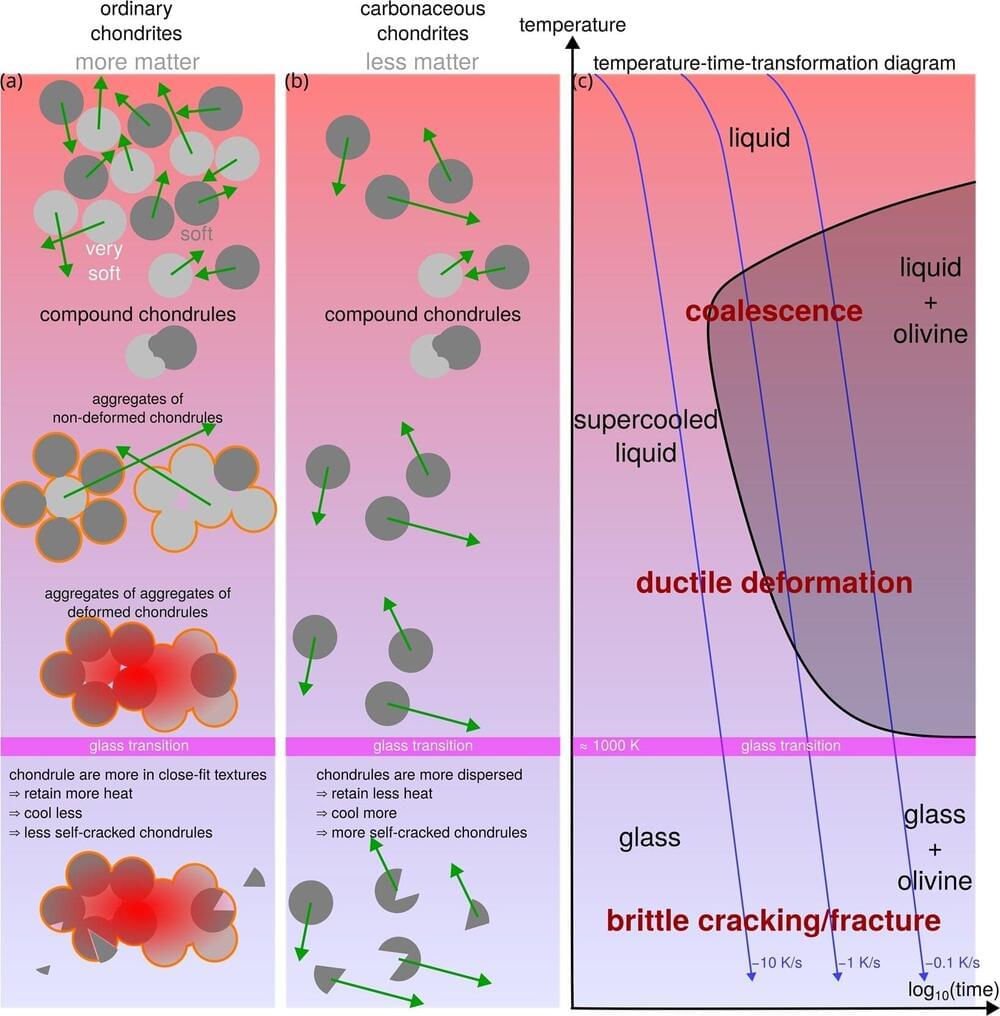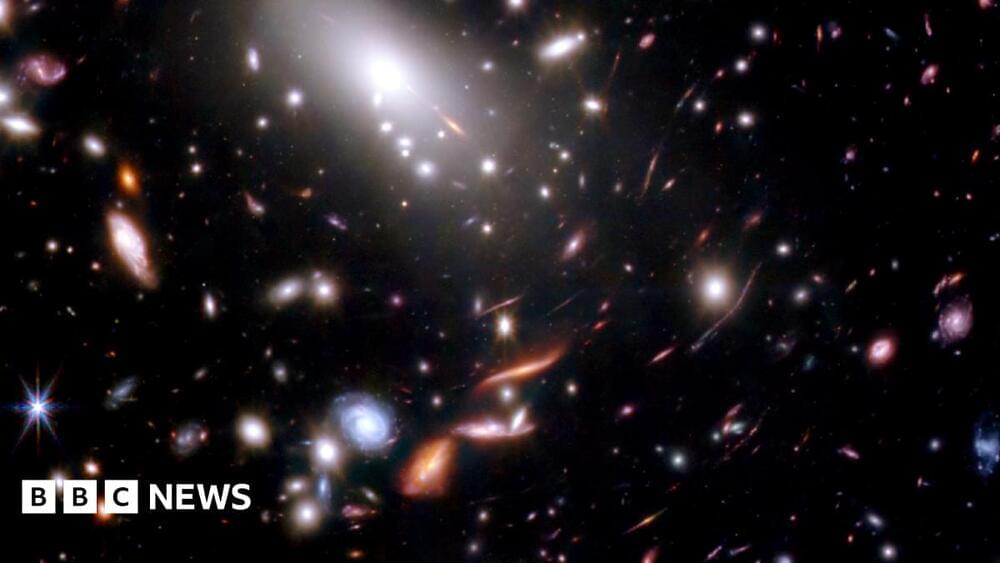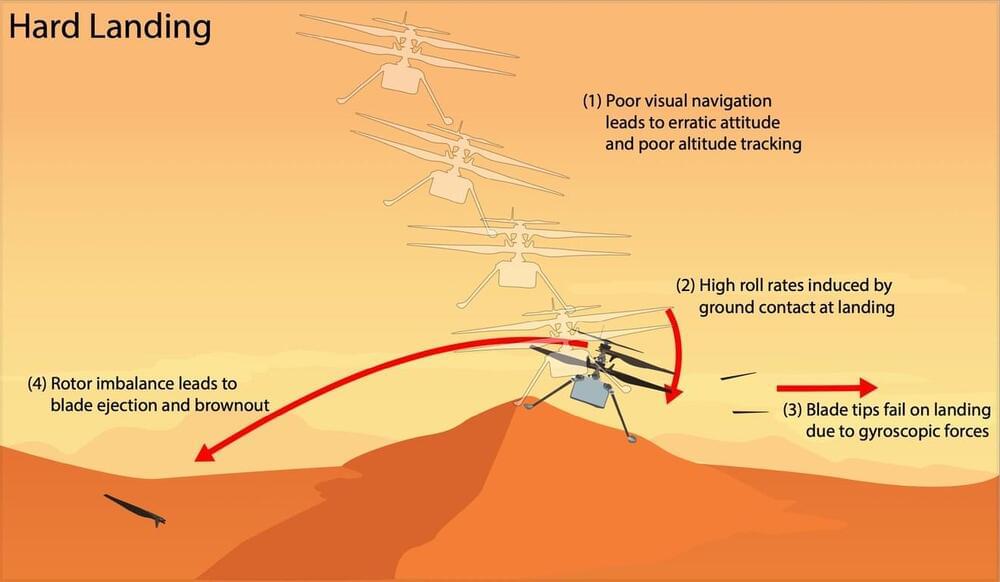What can solar eclipses teach us about the Sun and how it interacts with the Earth’s atmosphere? This is what a recent press briefing conducted at the American Geophysical Union 2024 Fall Meeting hopes to address as a team of scientists from the Citizen CATE 2024 (Continental-America Telescopic Eclipse) project reported on findings that were obtained during the April 8, 2024, total solar eclipse over North America.
“Scientists and tens of thousands of volunteer observers were stationed throughout the Moon’s shadow,” said Dr. Kelly Korreck, who is the NASA Program Manager for the 2023 and 2024 Solar Eclipses. “Their efforts were a crucial part of the Heliophysics Big Year – helping us to learn more about the Sun and how it affects Earth’s atmosphere when our star’s light temporarily disappears from view.”
Consisting of a combination of both professional and citizen scientists using a combination of images, spectroscopy, and ham radios, the large team comprised of Citizen CATE 2024 made groundbreaking observations of the 2024 solar eclipse, along with ascertaining how radio signals were influenced during the eclipse. In the end, the team of more than 800 individuals discovered that eclipses produce atmospheric gravity waves, or ripples within the Earth’s atmosphere. Additionally, the ham radio operators, comprised of more than 6,350 individuals, discovered that radio communications improved both within and outside the eclipses’ path of totality at frequencies between 1 to 7 Megahertz, whereas communications became worse at frequencies above 10 Megahertz.






